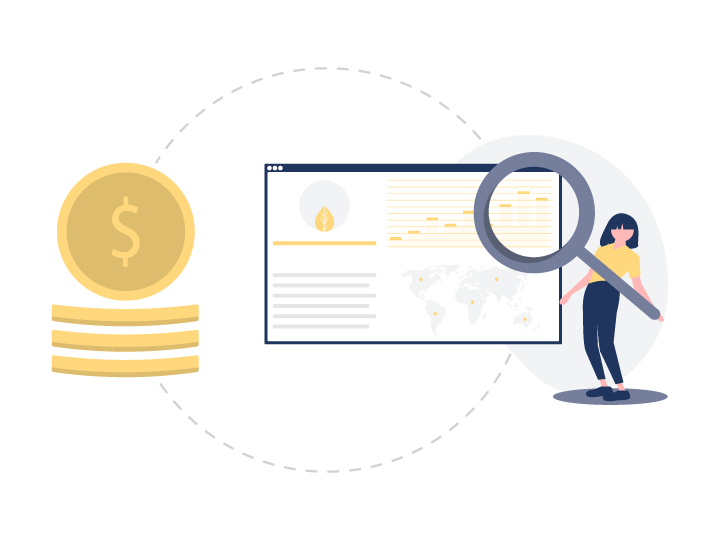
Quantitative Risk Assessment
A risk-informed approach to managing System Integrity
Risk-based Integrity Management ensures continued safe operation and increased safety of pipelines. Forecast the probability of failure as a function of time. Create comprehensive Integrity Management Plans and build defensible Rate Cases. Ensure the organization is not exposed to unacceptable levels of risk. Leverage risk to drive business decisions.
Know Risk
Employ battle-hardened risk models to create a true, accurate, defensible assessment of pipeline risk.
See Risk
View probability and consequences of failure per pipeline system or by individual pipeline segment to understand threats driving risk.
Leverage Risk
Optimize Integrity Management Plans and build solid Rate Cases to justify the spend needed to reduce system risk.
Quantitative Risk Models
Comply with regulations by employing truly probabilistic models that can reliably predict system risk.
Capital Planning
Assess the risk reduction benefits of possible mitigations then create and implement an optimal investment strategy for replacements and abandonment.
Maintenance Planning
Predict leaks and resource maintenance activities appropriately.
Allocate Capital
Maximize the benefit of Integrity Management Programs by defensibly allocating capital between gas carrying assets and other parts of the business.
Optimize O&M
Prioritize Operations activities and frame O&M budgets using cost/risk optimization.
Drive Future Performance
Identify and measure variances between actual performance and plan, tune the models and adjust forward-looking plans to achieve optimal results.








